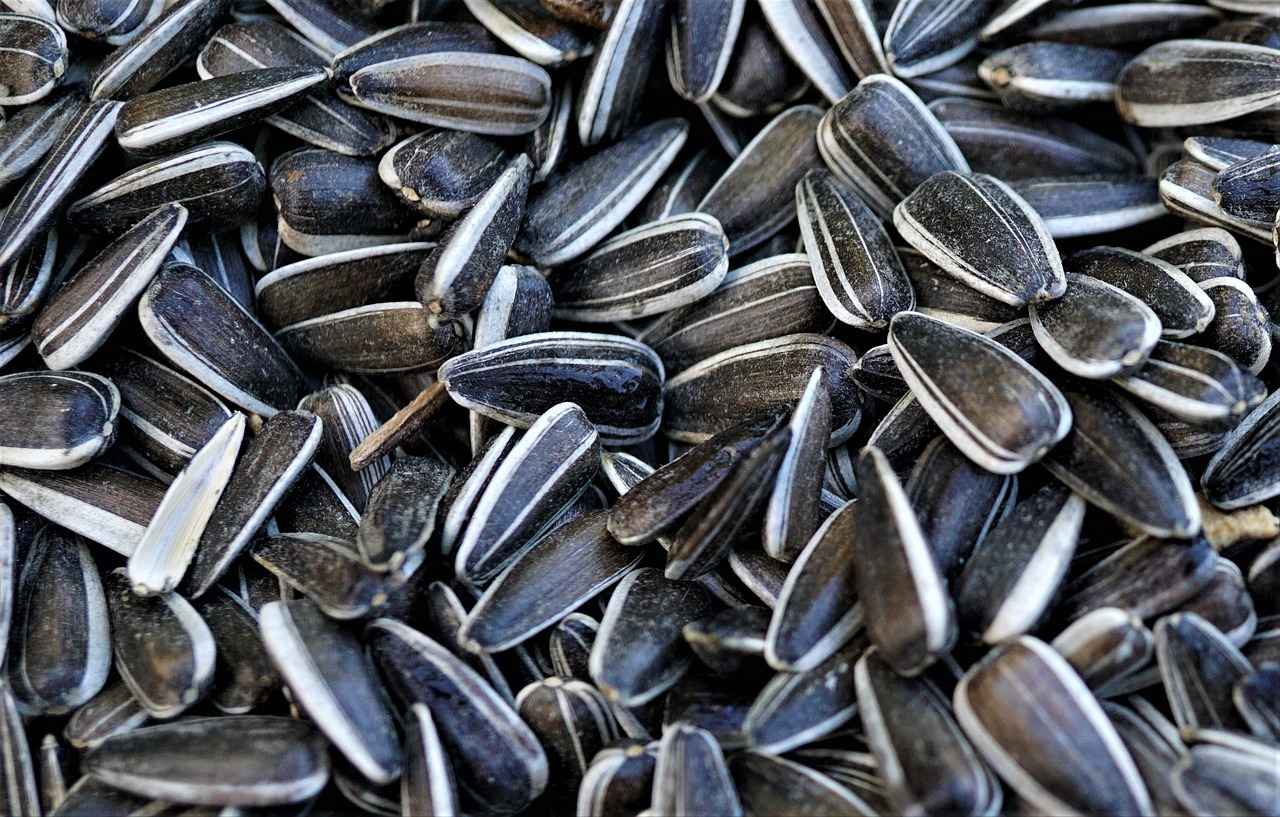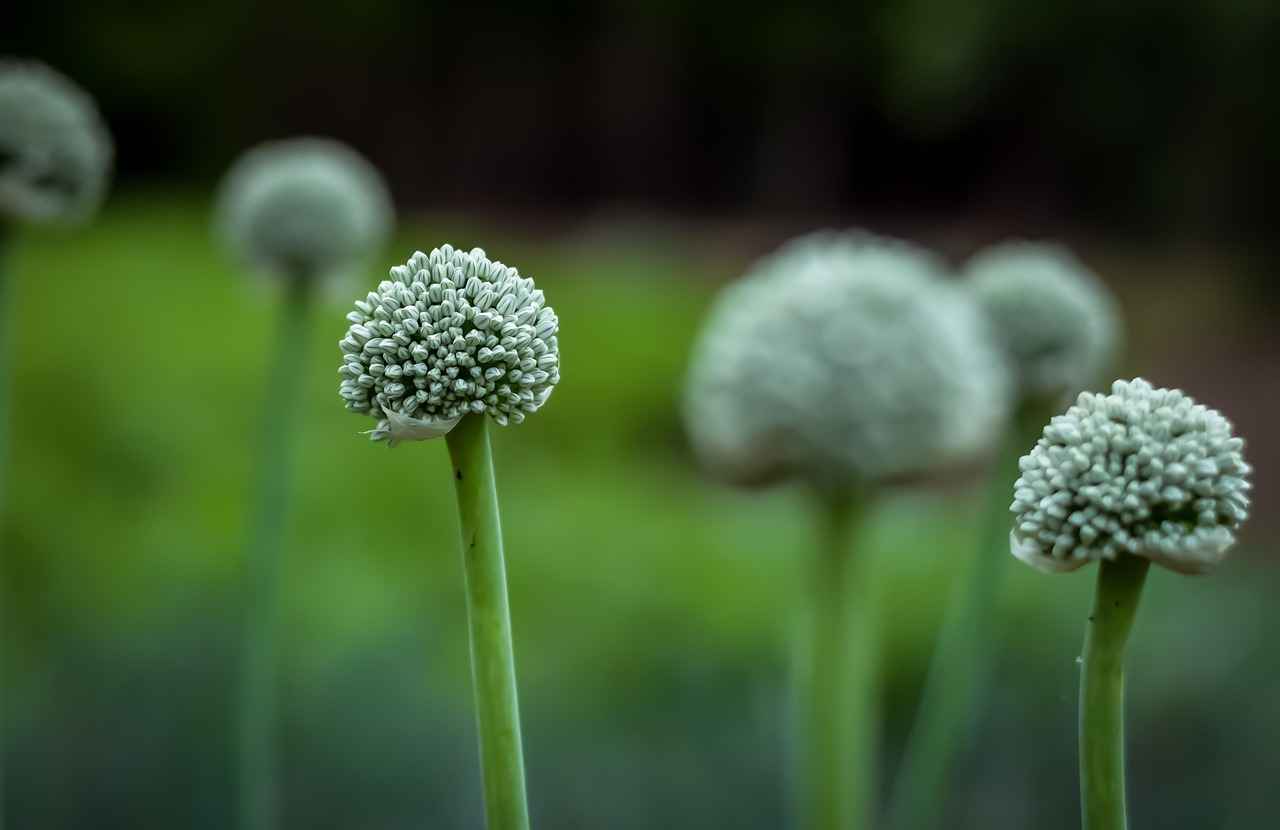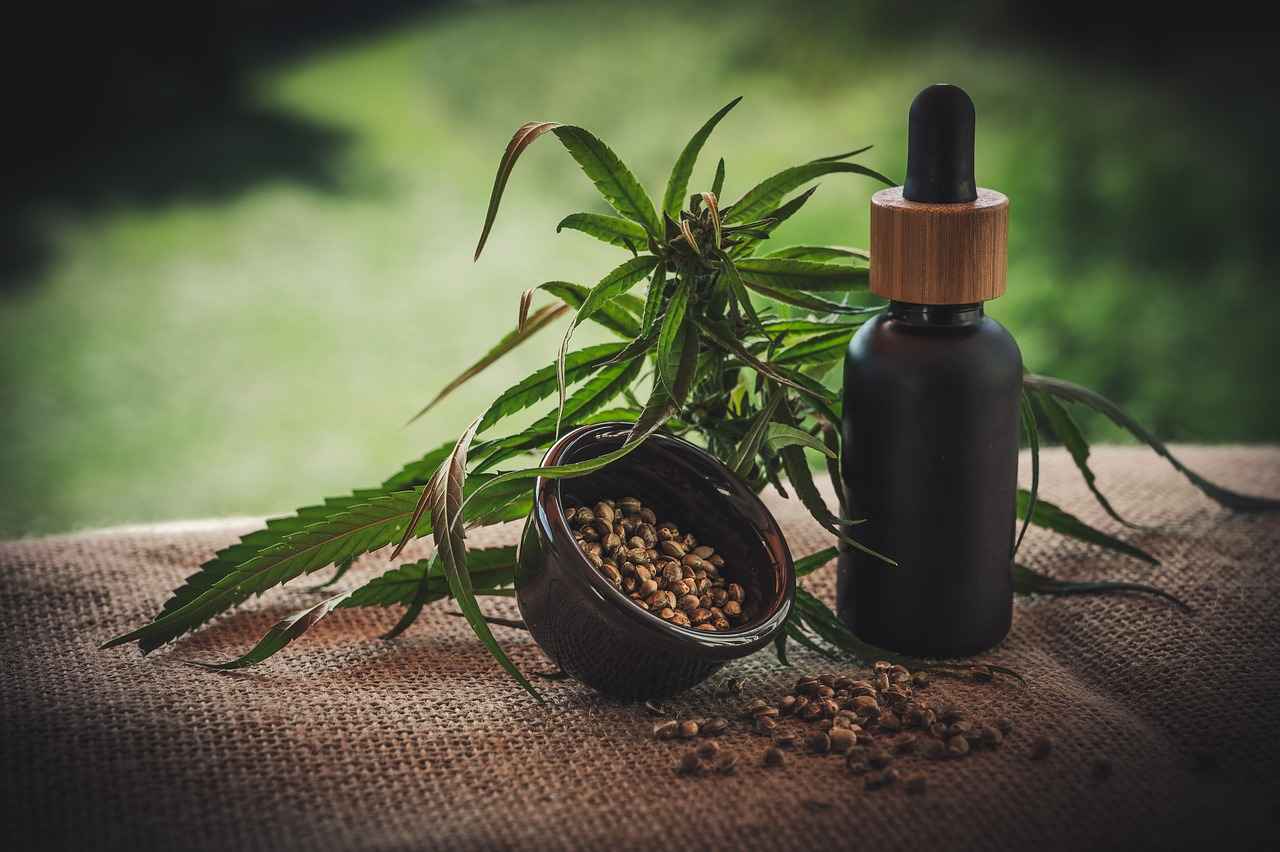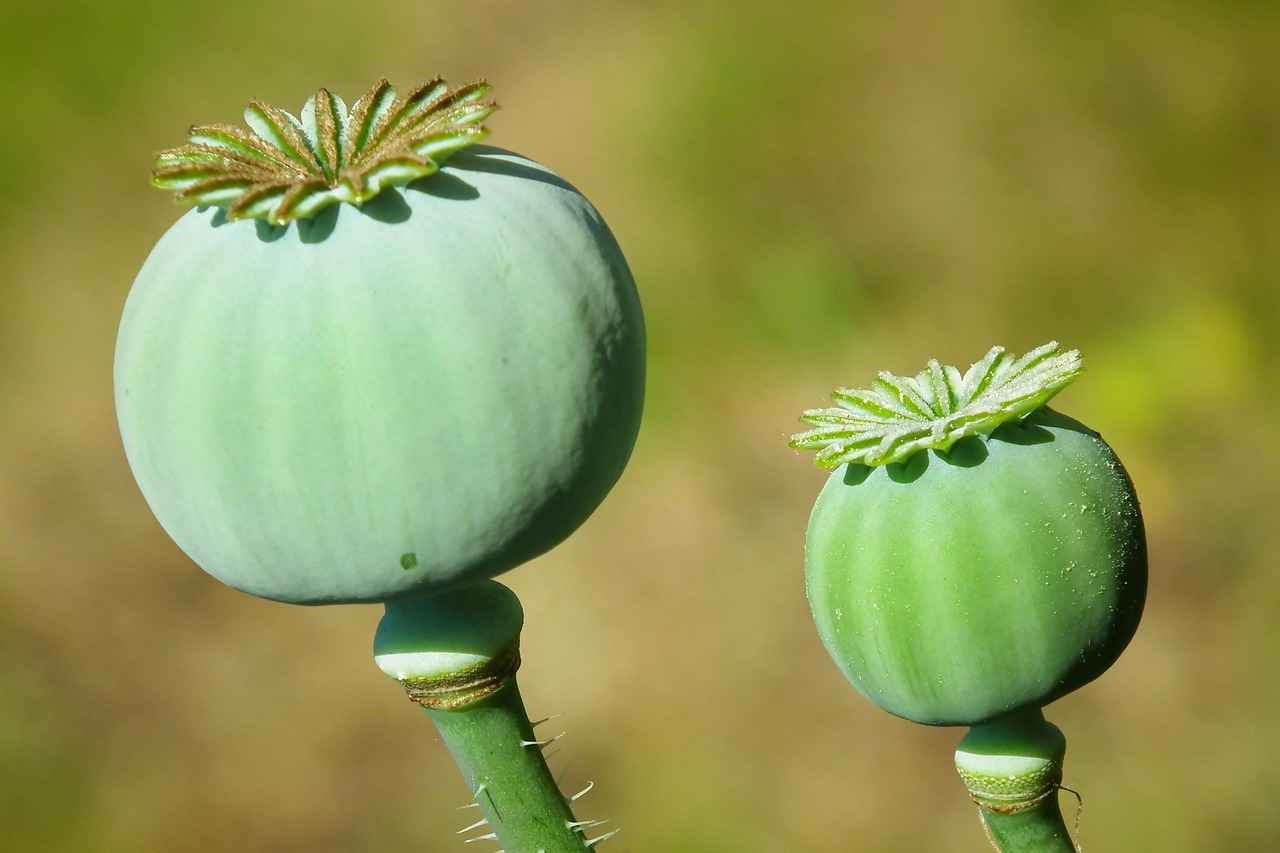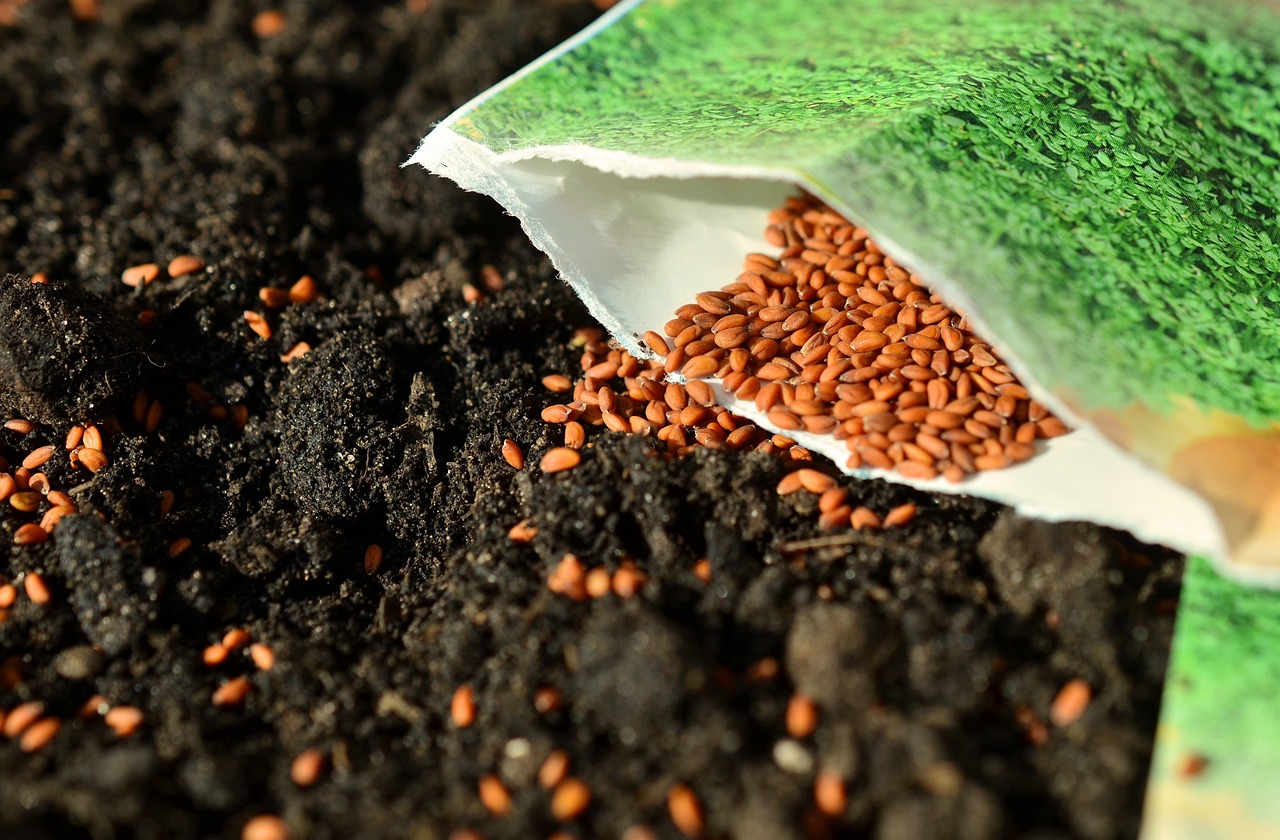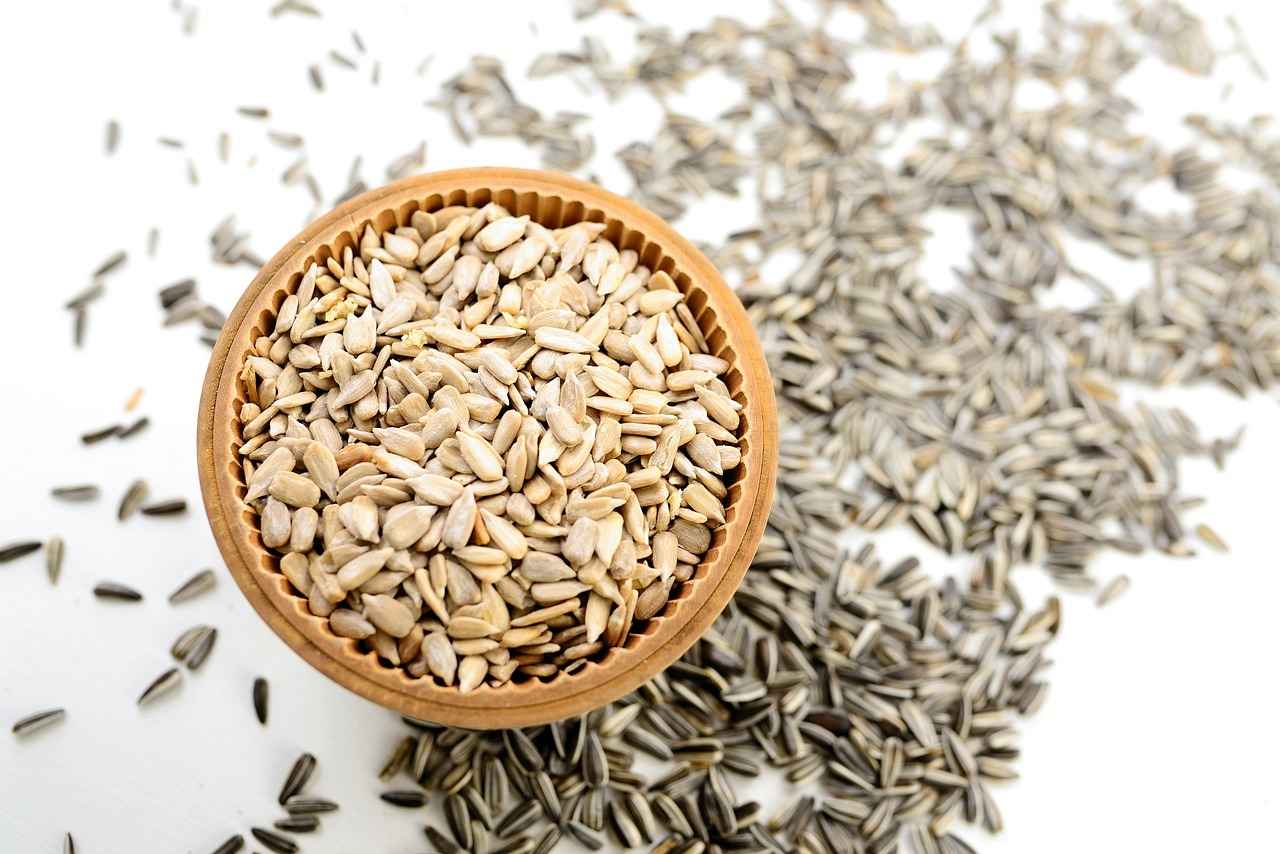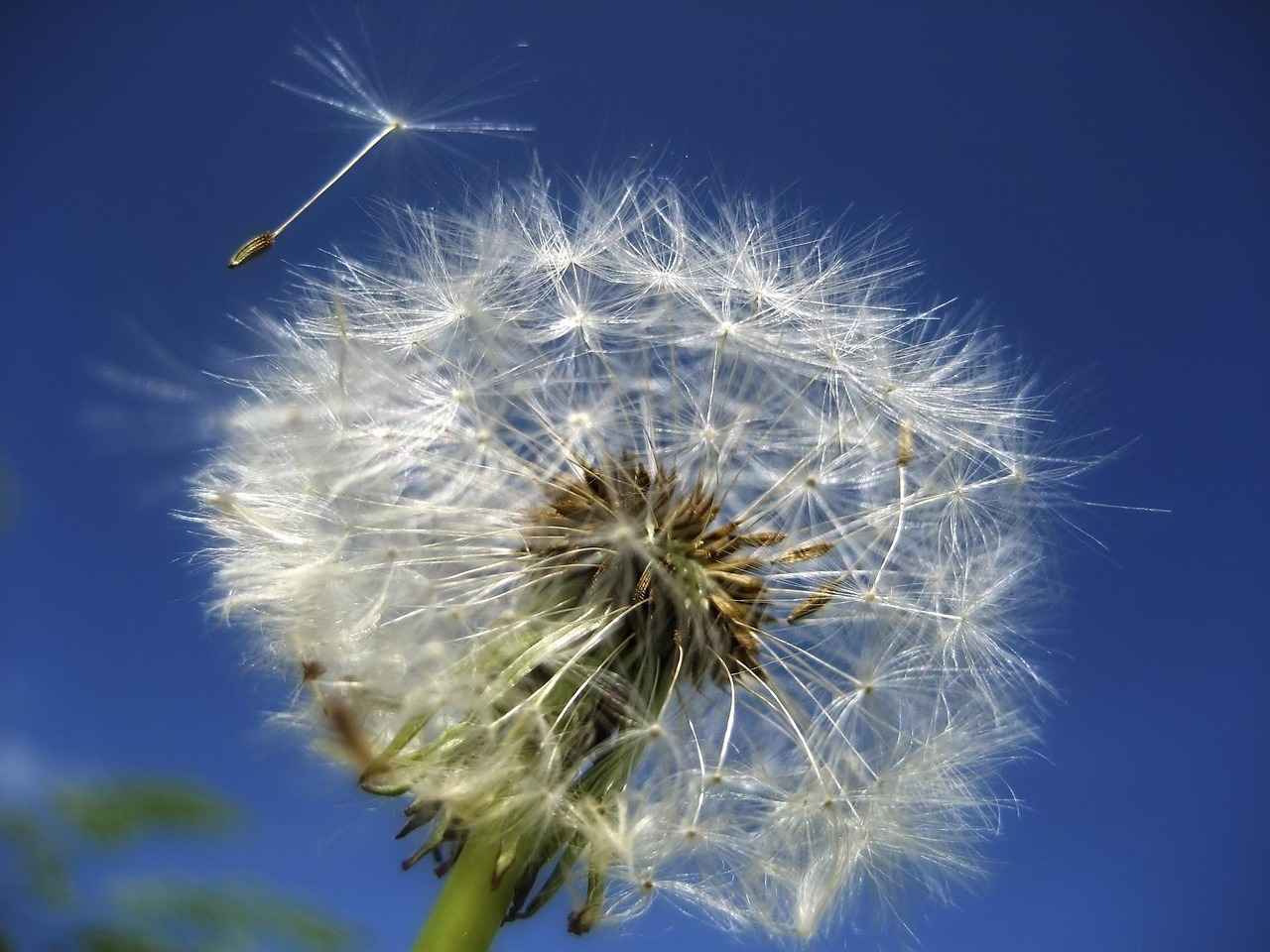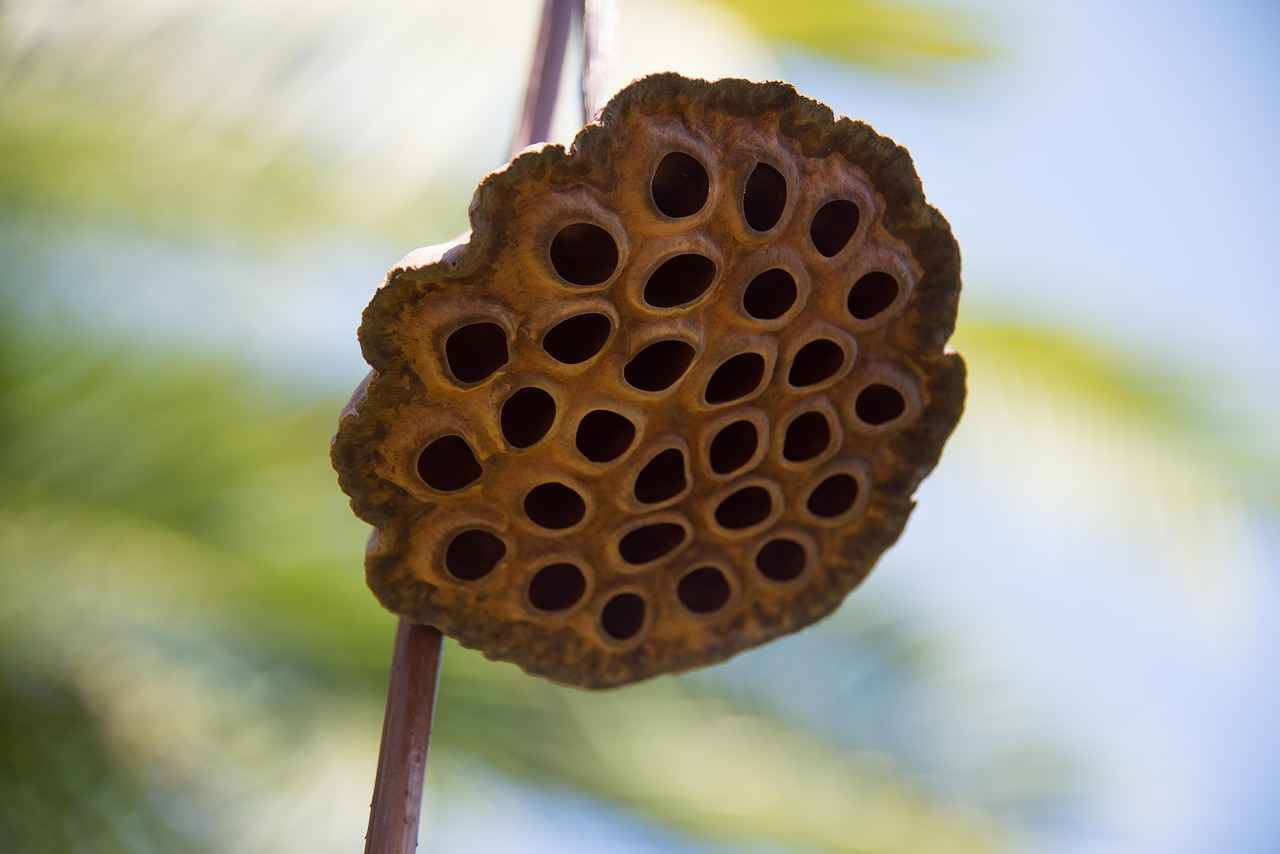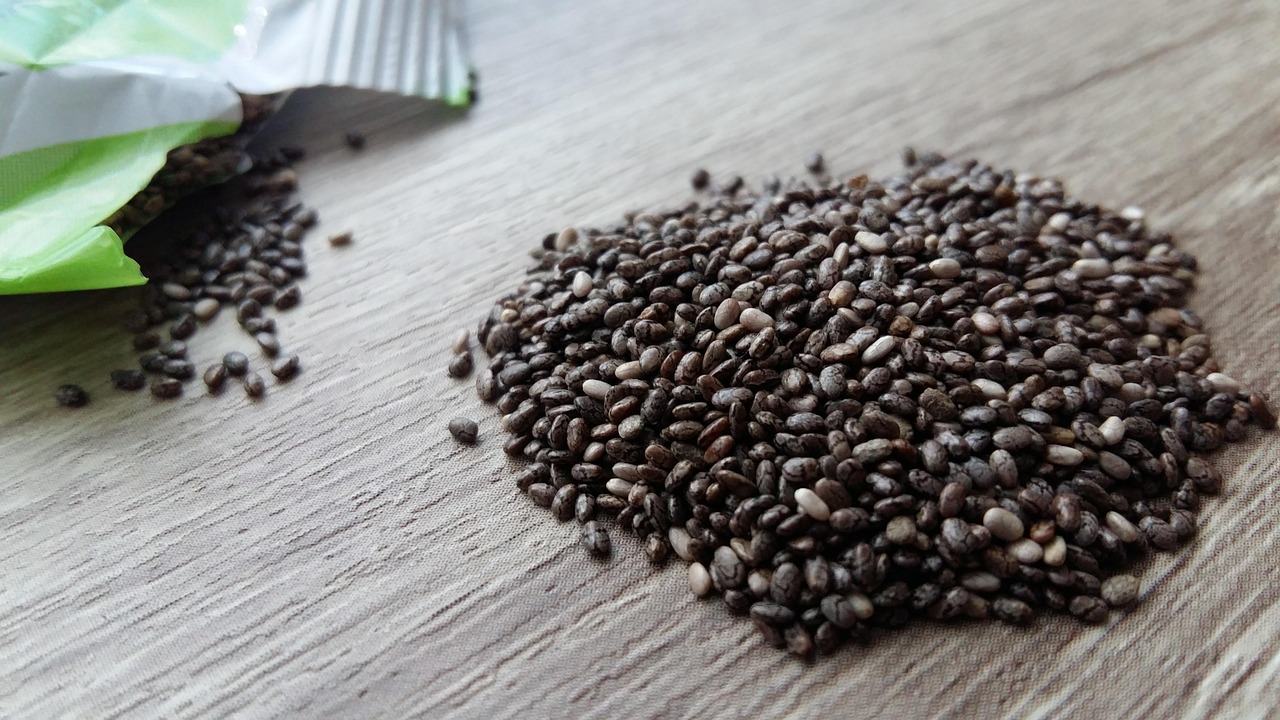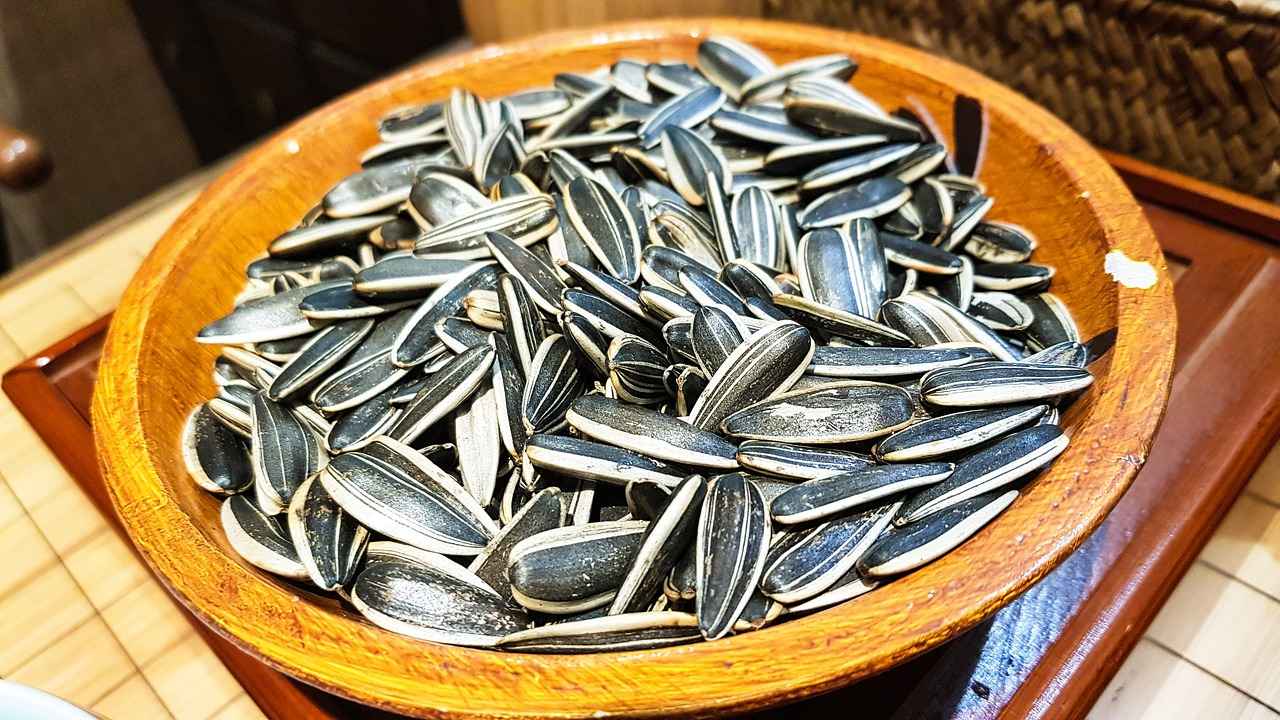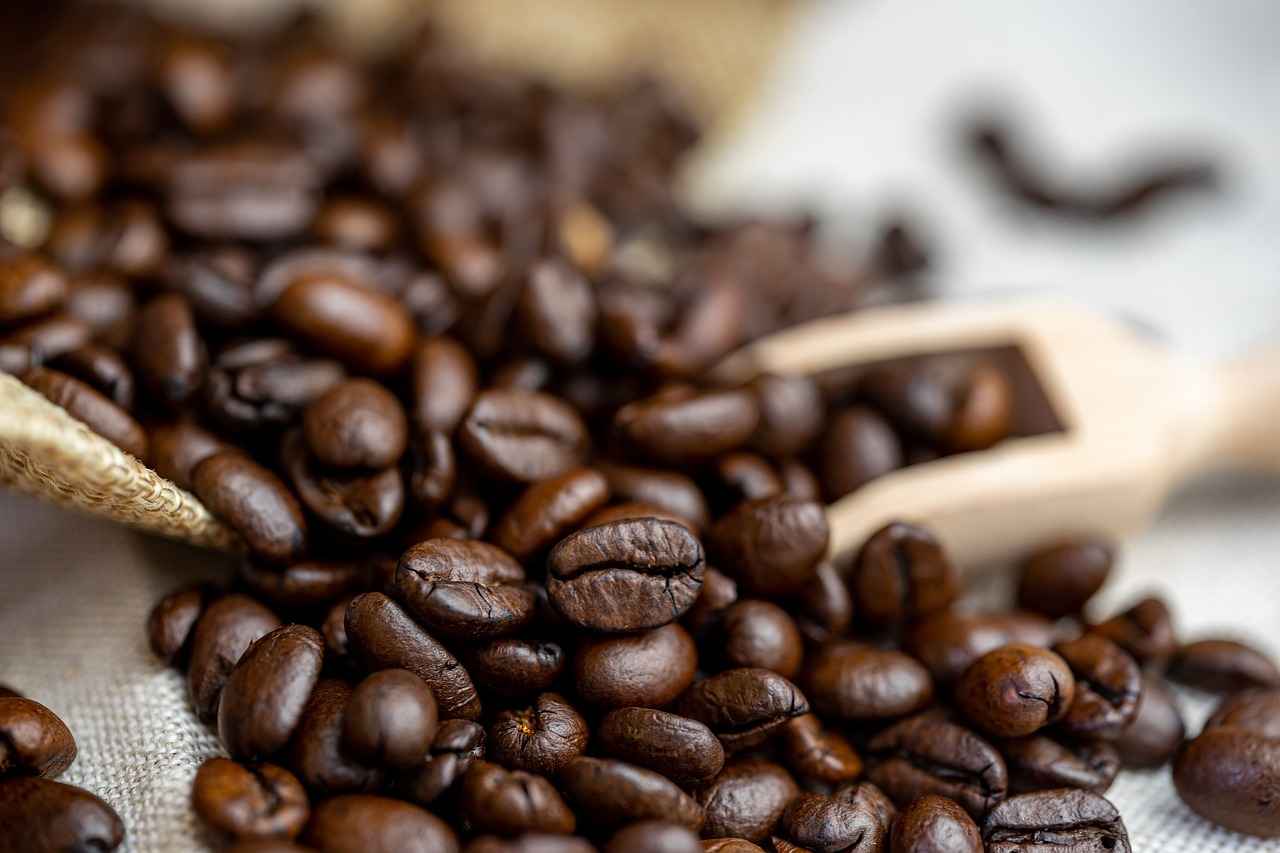FDA Recalls Chia Seeds: What You Need to Know for Your Safety
This article delves into the recent FDA recalls of chia seeds, exploring their causes, health implications, and what consumers should do to ensure their safety. Chia seeds, known for their health benefits, have recently come under scrutiny due to contamination concerns. Understanding these issues is crucial for consumers who wish to maintain their health and well-being.
The FDA recalls chia seeds primarily due to contamination with harmful pathogens such as Salmonella and E. coli. These bacteria can originate from various sources, including improper handling during processing or contamination in the supply chain. Consumers should be aware that even seemingly safe products can pose risks if not properly managed.
To determine if your chia seeds are part of a recall, check the batch numbers and purchase dates. The FDA typically publishes a list of affected products on its website, making it easier for consumers to identify potentially contaminated items. Always keep your receipts and packaging for reference.
Consuming contaminated chia seeds can lead to severe health issues, including gastrointestinal problems, fever, and dehydration. Symptoms may vary from mild to severe, and in some cases, can lead to long-term health complications. It is vital to understand these risks to make informed dietary choices.
If you suspect that your chia seeds are contaminated, it is important to take immediate action. Dispose of the seeds properly and avoid consuming them. Additionally, report your concerns to the FDA to help improve food safety measures. Following these steps can protect not only your health but also that of others.
To enjoy the numerous health benefits of chia seeds safely, adhere to best practices for storage and preparation. Store chia seeds in a cool, dry place and ensure they are kept in airtight containers. Always rinse them before use and consider soaking them to enhance digestibility.
Chia seeds are a powerhouse of nutrition, rich in omega-3 fatty acids, fiber, and protein. They are also packed with essential vitamins and minerals, making them a popular choice among health enthusiasts. Incorporating chia seeds into your diet can support heart health, improve digestion, and provide sustained energy.
Selecting high-quality chia seeds can significantly minimize health risks. When purchasing, opt for organic and reputable brands. Look for seeds that are whole and unprocessed, as these are less likely to be contaminated. Reading reviews and checking for certifications can also help ensure product safety.
For those affected by the recall or seeking variety in their diet, several alternatives to chia seeds exist. Options such as flaxseeds, hemp seeds, and pumpkin seeds offer similar health benefits, including high fiber content and essential fatty acids. Exploring these alternatives can diversify your nutrient intake.
The FDA enforces various safety regulations for chia seeds and other food products to ensure consumer safety. These regulations include routine inspections of processing facilities and strict guidelines for handling and packaging. Staying informed about these regulations can help consumers make safer choices.
Consumers play a vital role in maintaining food safety. If you encounter any issues with chia seeds or other food products, report your concerns to the FDA. This can be done through their website or by contacting local health departments. Your input is essential in improving food safety standards.
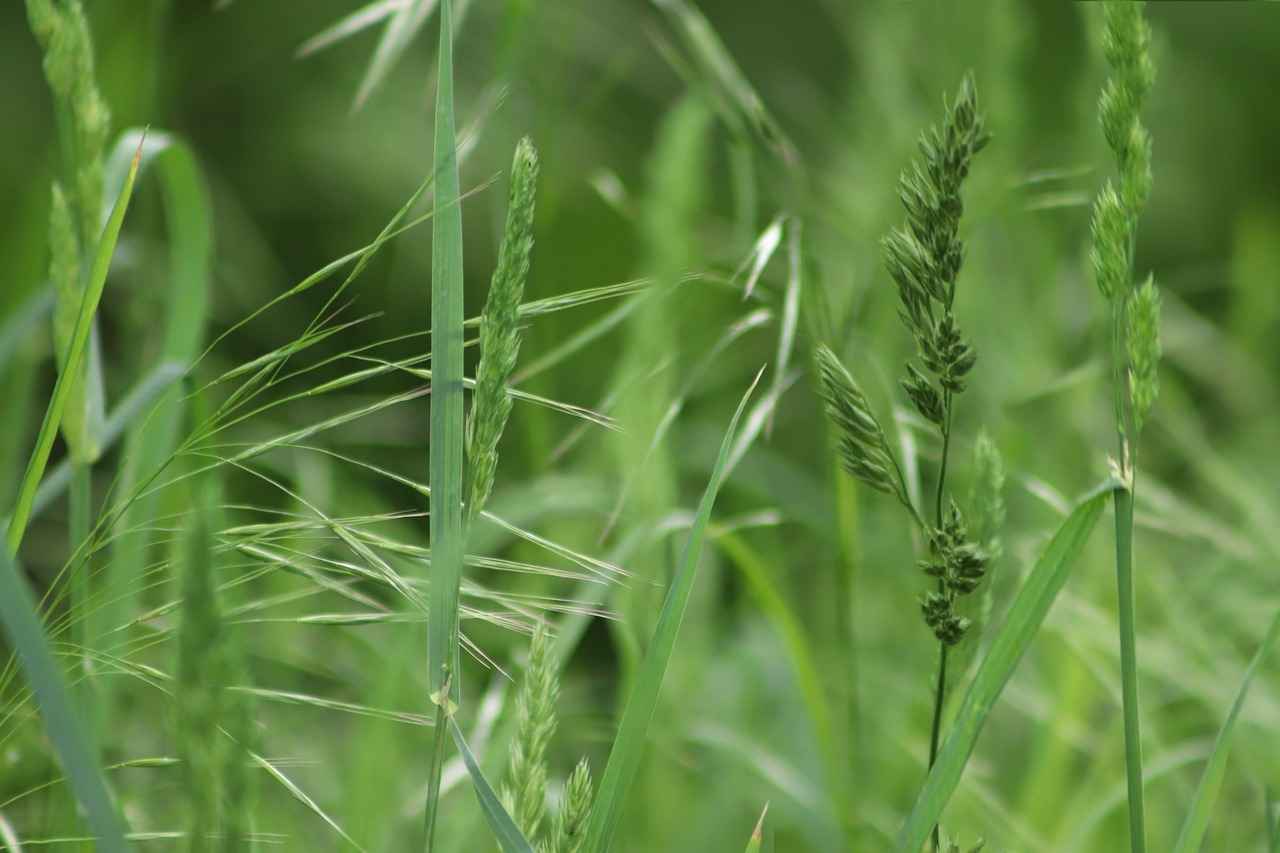
What Caused the FDA Recall of Chia Seeds?
The recent FDA recalls of chia seeds have raised significant concerns among consumers regarding food safety. These recalls are primarily triggered by contamination issues, which can pose serious health risks. Understanding the underlying causes of these recalls is crucial for making informed choices about the products we consume.
The FDA recalls chia seeds primarily due to contamination concerns, often resulting from pathogens such as Salmonella and E. coli. These bacteria can enter the food supply through various channels, including poor agricultural practices, unsanitary processing conditions, and inadequate storage methods. When chia seeds are contaminated, they can lead to serious health issues for consumers.
Pathogens like Salmonella can cause symptoms such as diarrhea, fever, and abdominal cramps, which may last for several days. In severe cases, these infections can lead to hospitalization or even death, particularly in vulnerable populations such as the elderly, young children, and individuals with compromised immune systems. Similarly, E. coli can result in severe gastrointestinal distress and is known for its potential to cause hemolytic uremic syndrome, a condition that can lead to kidney failure.
To prevent such outbreaks, the FDA regularly inspects food facilities and monitors products in the market. However, despite these efforts, contamination can still occur, making it essential for consumers to stay informed about recalls and safety alerts. By understanding the causes of these recalls, consumers can take proactive measures to protect themselves and their families.
Consumers can verify if their chia seeds are part of the recall by checking the batch numbers and purchase dates. The FDA typically publishes detailed information regarding the specific products affected, including brand names and packaging details. It’s advisable to regularly check the FDA’s website or subscribe to their alerts for the latest updates.
Contaminated chia seeds pose serious health risks, including gastrointestinal issues. Symptoms of contamination can manifest as nausea, vomiting, and severe abdominal pain. Long-term effects can include chronic digestive disorders and complications that may require medical intervention.
If you suspect your chia seeds are contaminated, it is crucial to take immediate action. First, do not consume the product. Instead, dispose of it safely to prevent accidental ingestion. Additionally, you should report your concerns to the FDA, which can help them track and manage contamination outbreaks more effectively.
To enjoy the health benefits of chia seeds safely, consumers should follow best practices for storage and preparation. Always store chia seeds in a cool, dry place and ensure they are kept in airtight containers to prevent exposure to moisture and contaminants. Before consumption, rinse the seeds thoroughly to remove any potential pathogens.
Chia seeds are packed with nutrients, including omega-3 fatty acids, fiber, and protein. These seeds are known for their ability to support heart health, digestive health, and weight management. Incorporating chia seeds into your diet can enhance your overall nutritional intake.
Selecting high-quality chia seeds can minimize health risks. Look for products that are certified organic and sourced from reputable brands. Reading customer reviews and checking for third-party testing can also help ensure the quality and safety of the chia seeds you purchase.
For those affected by the recall or looking for variety, there are several alternatives to chia seeds. Options such as flaxseeds, hemp seeds, and pumpkin seeds offer similar health benefits and can be easily incorporated into your diet.
The FDA implements various safety regulations for chia seeds and other food products. These regulations are designed to ensure that food is safe for consumption and to prevent contamination. Staying informed about these regulations can help consumers make safer choices.
Consumers play a crucial role in food safety. If you encounter any issues related to chia seeds or other products, you can report your concerns to the FDA through their website or consumer hotline. Your vigilance can help protect others from potential health risks.
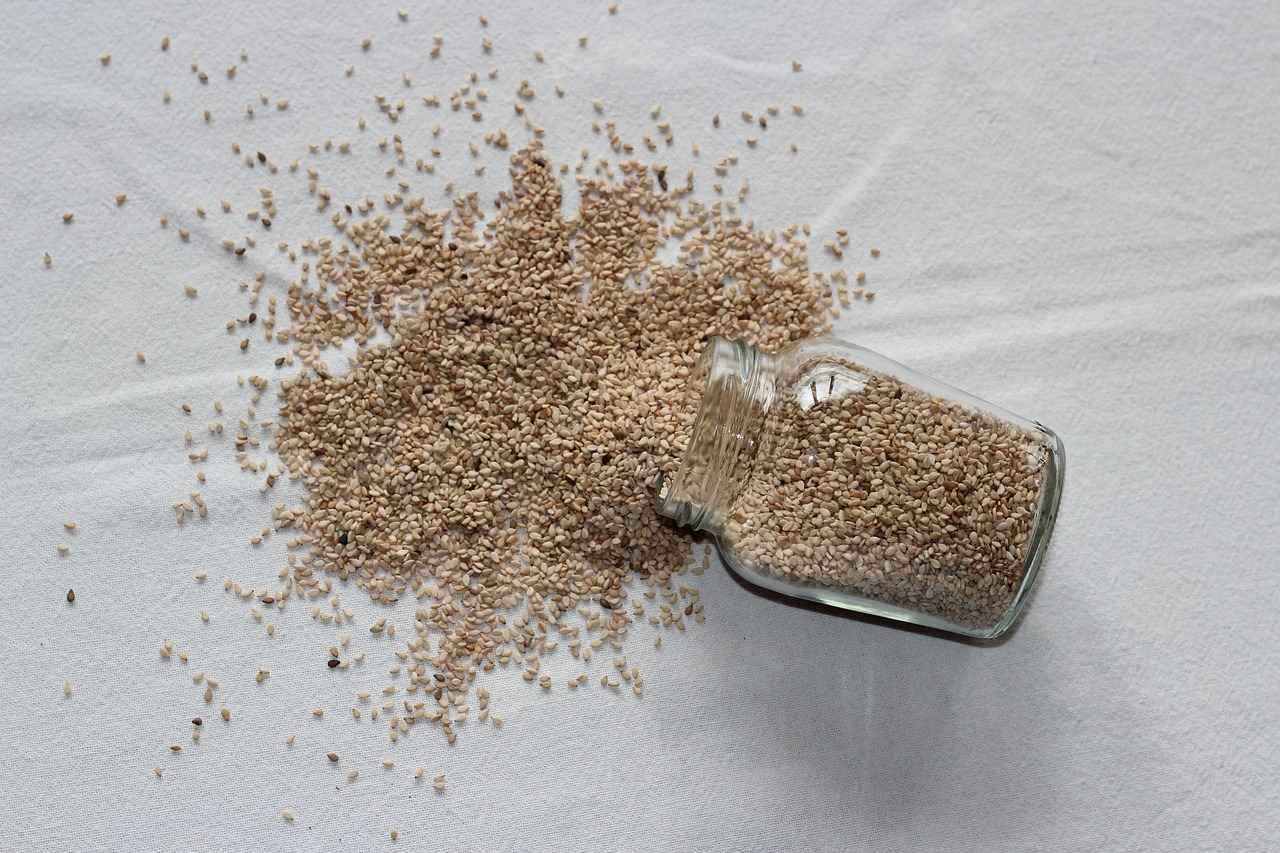
How to Check if Your Chia Seeds are Affected?
When it comes to ensuring the safety of your food, being proactive is key. If you have recently purchased chia seeds, it’s essential to determine whether they are part of the ongoing FDA recall. This section provides clear and actionable steps to help you identify affected products, ensuring your health and safety.
Understanding Batch Numbers
Every package of chia seeds comes with a batch number, which is a unique identifier assigned by the manufacturer. This number is crucial for tracking products in the event of a recall. To check if your chia seeds are affected:
- Locate the batch number on the packaging, usually found near the expiration date or on the bottom of the container.
- Visit the FDA’s official website or the manufacturer’s website to find the list of recalled batch numbers.
- Compare your batch number with the recalled list. If it matches, discontinue use immediately.
Checking Purchase Dates
In addition to batch numbers, the purchase date is another critical factor in determining if your chia seeds are part of the recall. Here’s how to verify:
- Refer to your receipts or online order confirmations to find the purchase date.
- Check the recall announcement for specific dates related to the affected products.
- If your purchase date falls within the recall period, it is advisable to avoid consuming the seeds.
Contacting Retailers
If you are uncertain about the status of your chia seeds, consider reaching out to the retailer from whom you purchased them. Many stores are proactive about recalls and can provide you with information on whether your product is affected. They may also offer options for returns or exchanges.
Signs of Contamination
While checking batch numbers and purchase dates is essential, it’s also important to be aware of any physical signs of contamination. If your chia seeds have an unusual smell, color, or texture, it’s best to err on the side of caution and dispose of them. Contaminated seeds can pose serious health risks, so vigilance is crucial.
Staying Informed
Food recalls can happen at any time, and staying informed is your best defense. Subscribe to updates from the FDA or follow their social media channels to receive timely information about food safety alerts, including chia seeds and other products. Knowledge is power, and being aware of potential recalls can help you make safer choices.
By taking these steps, you can effectively determine whether your chia seeds are part of the recall and ensure that you are protecting your health and the health of your loved ones. Always prioritize safety and stay informed about the food products you consume.
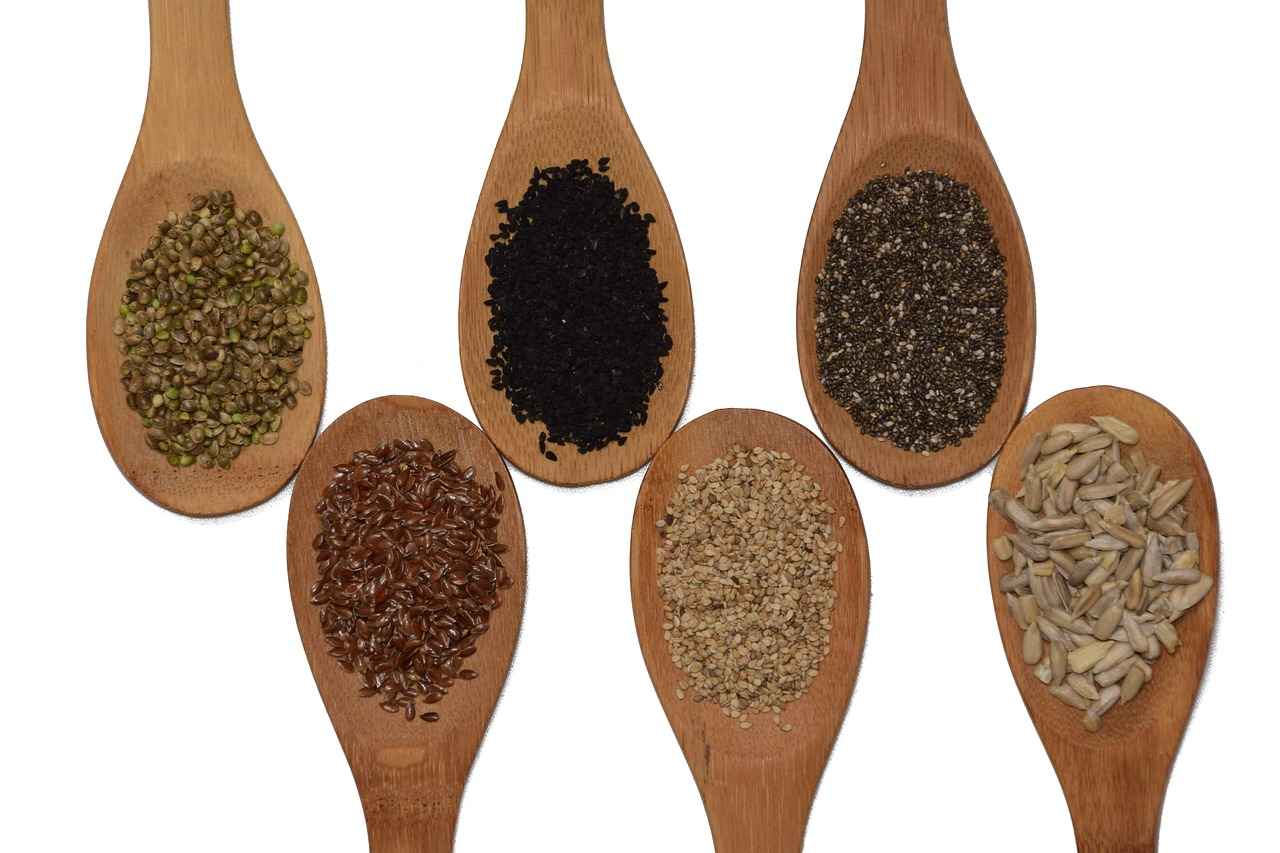
What Health Risks are Associated with Contaminated Chia Seeds?
Chia seeds, often hailed as a superfood, can pose significant health risks when contaminated. The primary concern arises from pathogens such as Salmonella and E. coli, which can lead to various gastrointestinal issues. Understanding these health risks is crucial for consumers, especially those who regularly incorporate chia seeds into their diets.
When chia seeds are contaminated, individuals may experience a range of symptoms. The most common include:
- Nausea: A feeling of sickness that can lead to vomiting.
- Diarrhea: Often watery and may be accompanied by abdominal cramps.
- Abdominal Pain: Discomfort or pain in the stomach area can be a sign of infection.
- Fever: A mild to high fever may develop as the body fights off the infection.
- Fatigue: General tiredness can occur due to dehydration or the body’s response to infection.
These symptoms can appear within hours or days after consuming contaminated chia seeds. For most healthy individuals, these symptoms may resolve on their own. However, certain populations, including the elderly, young children, pregnant women, and individuals with weakened immune systems, are at a higher risk for severe complications.
Long-term effects of consuming contaminated chia seeds can be serious. In some cases, infections caused by Salmonella or E. coli can lead to more severe health issues, such as:
- Kidney Damage: Particularly in severe cases of E. coli infection, kidney failure can occur.
- Chronic Gastrointestinal Issues: Some individuals may develop long-term digestive problems, including irritable bowel syndrome (IBS).
- Reactive Arthritis: This condition can develop following an infection and lead to joint pain and inflammation.
To mitigate these risks, consumers should remain vigilant about the source and quality of chia seeds. It is essential to purchase chia seeds from reputable suppliers and to check for any FDA recalls or advisories. Additionally, proper storage and preparation can significantly reduce the risk of contamination.
If you suspect that you have consumed contaminated chia seeds and are experiencing symptoms, it is important to seek medical attention promptly. Early intervention can help prevent complications and ensure proper treatment.
In summary, while chia seeds offer numerous health benefits, the risks associated with contamination cannot be overlooked. By staying informed and practicing safe consumption habits, consumers can enjoy the nutritional advantages of chia seeds without compromising their health.
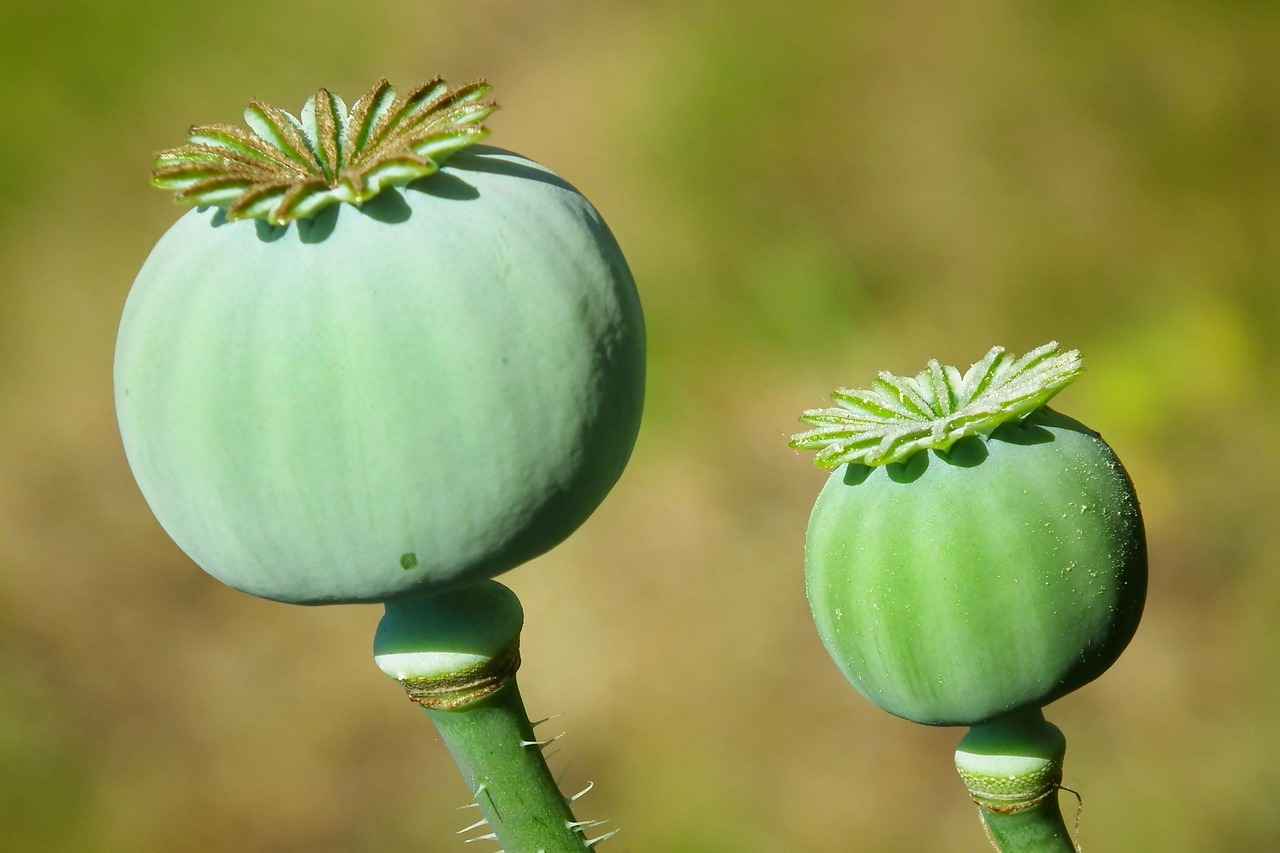
What Should You Do If You Have Contaminated Chia Seeds?
If you suspect that your chia seeds may be contaminated, it is vital to take immediate action to protect your health and safety. This section provides a comprehensive guide on how to manage the situation effectively.
1. Identify the Source of Contamination
First and foremost, you should verify the batch number and purchase date of your chia seeds. Check the packaging for any recall notices or advisories from the manufacturer. If you find that your seeds are part of a recall, it’s essential to stop using them immediately.
2. Proper Disposal Methods
When disposing of contaminated chia seeds, follow these guidelines:
- Seal the Package: Place the seeds in a sealed plastic bag to prevent any spillage.
- Dispose in Household Waste: Throw the sealed bag in your regular trash. Do not compost them, as this could spread contamination.
- Wash Your Hands: After handling the seeds, wash your hands thoroughly with soap and water to avoid cross-contamination.
3. Report Your Concerns to the FDA
If you believe your chia seeds are contaminated, it is crucial to report this to the Food and Drug Administration (FDA). You can do this by:
- Visiting the FDA’s official website to file a report online.
- Calling the FDA Consumer Complaint Coordinator in your state.
Reporting helps the FDA monitor food safety and can lead to important actions that protect other consumers.
4. Monitor Your Health
After disposing of the chia seeds, keep an eye on your health. If you experience any symptoms such as nausea, vomiting, diarrhea, or abdominal cramps, seek medical attention promptly. It’s important to inform your healthcare provider about your recent consumption of chia seeds.
5. Stay Informed About Recalls
To avoid future issues, regularly check for updates on food recalls related to chia seeds and other products. Subscribing to the FDA’s email alerts can keep you informed about any potential risks.
By taking these steps, you can ensure your safety and contribute to the overall monitoring of food quality. Remember, being proactive is key in maintaining your health.
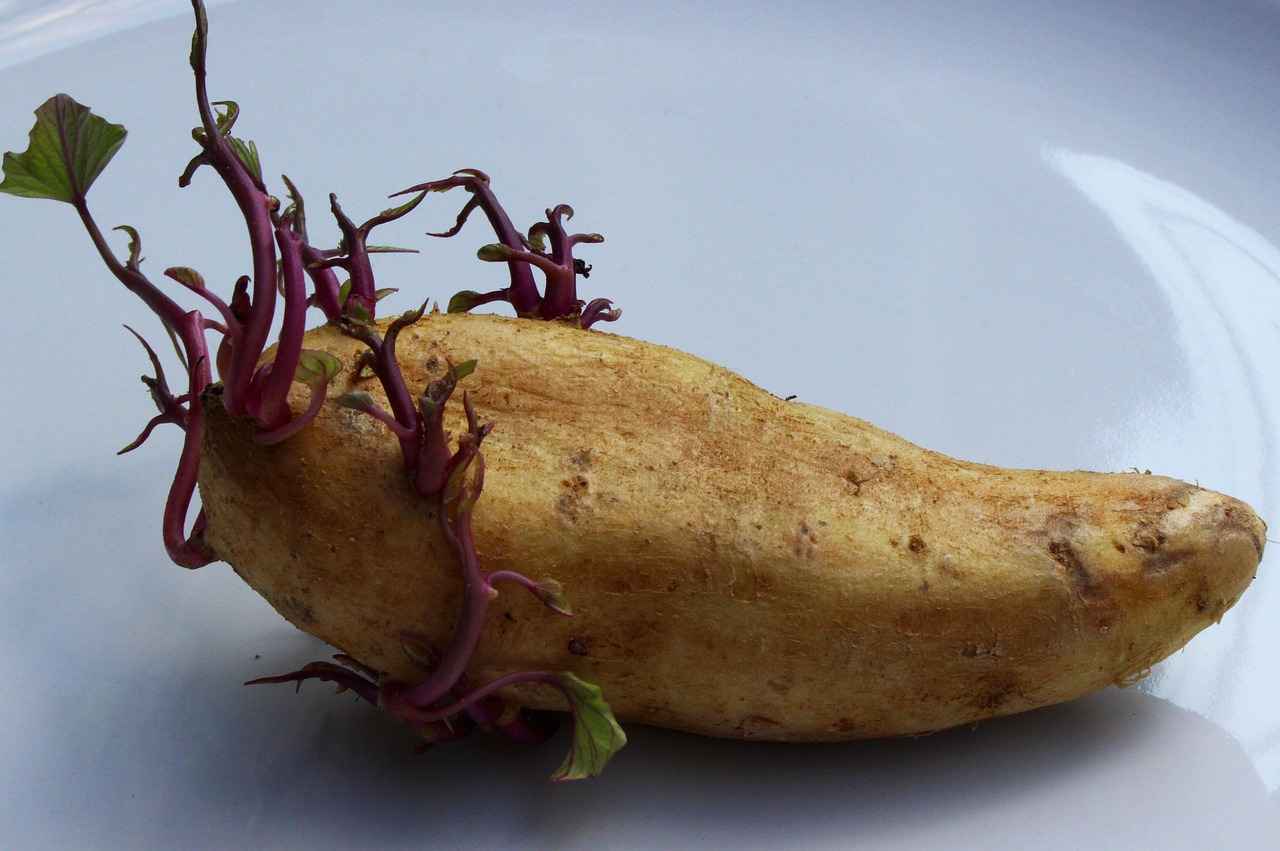
How to Safely Consume Chia Seeds?
Chia seeds have gained immense popularity due to their numerous health benefits, but it is crucial to consume them safely to avoid potential health risks. This section outlines essential tips on how to safely consume chia seeds, focusing on proper storage, preparation methods, and serving suggestions.
- Storage Practices: Proper storage is vital for maintaining the quality and safety of chia seeds. Store them in a cool, dry place, preferably in an airtight container to prevent moisture exposure. Keeping them away from direct sunlight will also help extend their shelf life.
- Check Expiration Dates: Always pay attention to expiration dates when purchasing chia seeds. Consuming expired seeds can lead to digestive issues and reduced nutritional value.
- Preparation Techniques: Before consuming chia seeds, it’s essential to prepare them correctly. Chia seeds can absorb up to 12 times their weight in water, which can lead to choking if consumed dry. It’s recommended to soak them in water or another liquid for at least 30 minutes before eating. This process not only enhances their digestibility but also maximizes nutrient absorption.
- Serving Sizes: Moderation is key when consuming chia seeds. A typical serving size is about 1 to 2 tablespoons per day. Excessive consumption can lead to gastrointestinal discomfort, including bloating and gas.
- Incorporating into Meals: Chia seeds can be added to various dishes for added nutrition. Consider mixing them into smoothies, yogurt, or oatmeal. They can also be used as a thickening agent in soups and sauces. Their mild flavor makes them versatile for both sweet and savory recipes.
Additionally, it is essential to be aware of any allergies or sensitivities you may have. If you are trying chia seeds for the first time, start with a small amount to see how your body reacts.
For individuals with certain health conditions, such as irritable bowel syndrome (IBS) or other gastrointestinal disorders, consulting with a healthcare professional before incorporating chia seeds into your diet is advisable.
In summary, enjoying the health benefits of chia seeds involves following best practices for storage and preparation. By adhering to these guidelines, you can safely incorporate this nutrient-rich superfood into your diet while minimizing any potential risks. Remember, safe consumption is key to maximizing the health benefits of chia seeds.
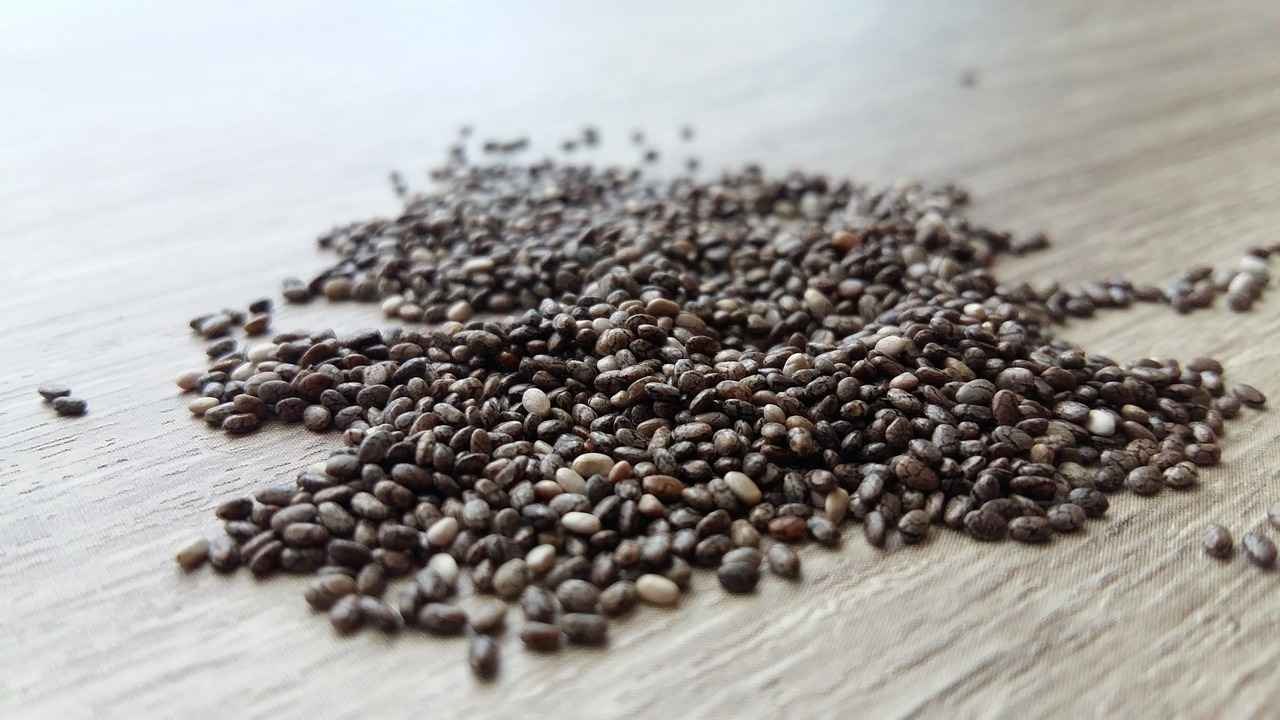
What Are the Nutritional Benefits of Chia Seeds?
Chia seeds have gained immense popularity in recent years, often hailed as a superfood due to their remarkable nutritional profile. These tiny seeds are not just a trendy addition to smoothies and salads; they are a powerhouse of essential nutrients that can significantly benefit your health.
One of the standout features of chia seeds is their high content of omega-3 fatty acids. These healthy fats are crucial for heart health, helping to reduce inflammation and lower the risk of chronic diseases. In fact, chia seeds are one of the richest plant sources of omega-3s, making them an excellent choice for those following a vegetarian or vegan diet.
In addition to omega-3s, chia seeds are an excellent source of dietary fiber. Just two tablespoons of chia seeds contain about 11 grams of fiber, which is about one-third of the recommended daily intake. This fiber content aids in digestion, promotes a feeling of fullness, and can help regulate blood sugar levels. The soluble fiber in chia seeds also contributes to heart health by lowering cholesterol levels.
Another important nutrient found in chia seeds is protein. They provide a complete protein source, containing all nine essential amino acids. This makes them an ideal food for vegetarians and vegans looking to meet their protein needs. With approximately 4 grams of protein per two tablespoons, chia seeds can easily be incorporated into various meals, enhancing their nutritional value.
Chia seeds are also rich in antioxidants, which help combat oxidative stress in the body. These antioxidants can protect cells from damage, potentially reducing the risk of chronic diseases such as heart disease and cancer. The presence of antioxidants also contributes to the seeds’ long shelf life, making them a convenient pantry staple.
Moreover, chia seeds are packed with essential minerals such as calcium, magnesium, and phosphorus. These minerals are vital for maintaining strong bones and teeth, as well as supporting overall bodily functions. For instance, calcium is crucial for bone health, while magnesium plays a role in muscle function and energy production.
Incorporating chia seeds into your diet is simple and versatile. They can be added to smoothies, yogurt, oatmeal, or used as a thickening agent in recipes. When soaked in liquid, chia seeds expand and form a gel-like consistency, making them perfect for puddings and as an egg substitute in baking.
In summary, chia seeds are a nutrient-dense food that provides a plethora of health benefits. Their high levels of omega-3 fatty acids, fiber, protein, antioxidants, and essential minerals make them a valuable addition to any diet. Whether you are looking to improve heart health, enhance digestion, or increase protein intake, chia seeds can help you achieve your health goals.
- Heart Health: Due to high omega-3 content.
- Digestive Aid: Rich in fiber for better digestion.
- Protein Boost: Complete protein source for vegetarians.
- Antioxidant Protection: Helps combat oxidative stress.
- Bone Strength: High in calcium and magnesium.
With their myriad of health benefits, chia seeds are indeed a superfood worth including in your daily diet.
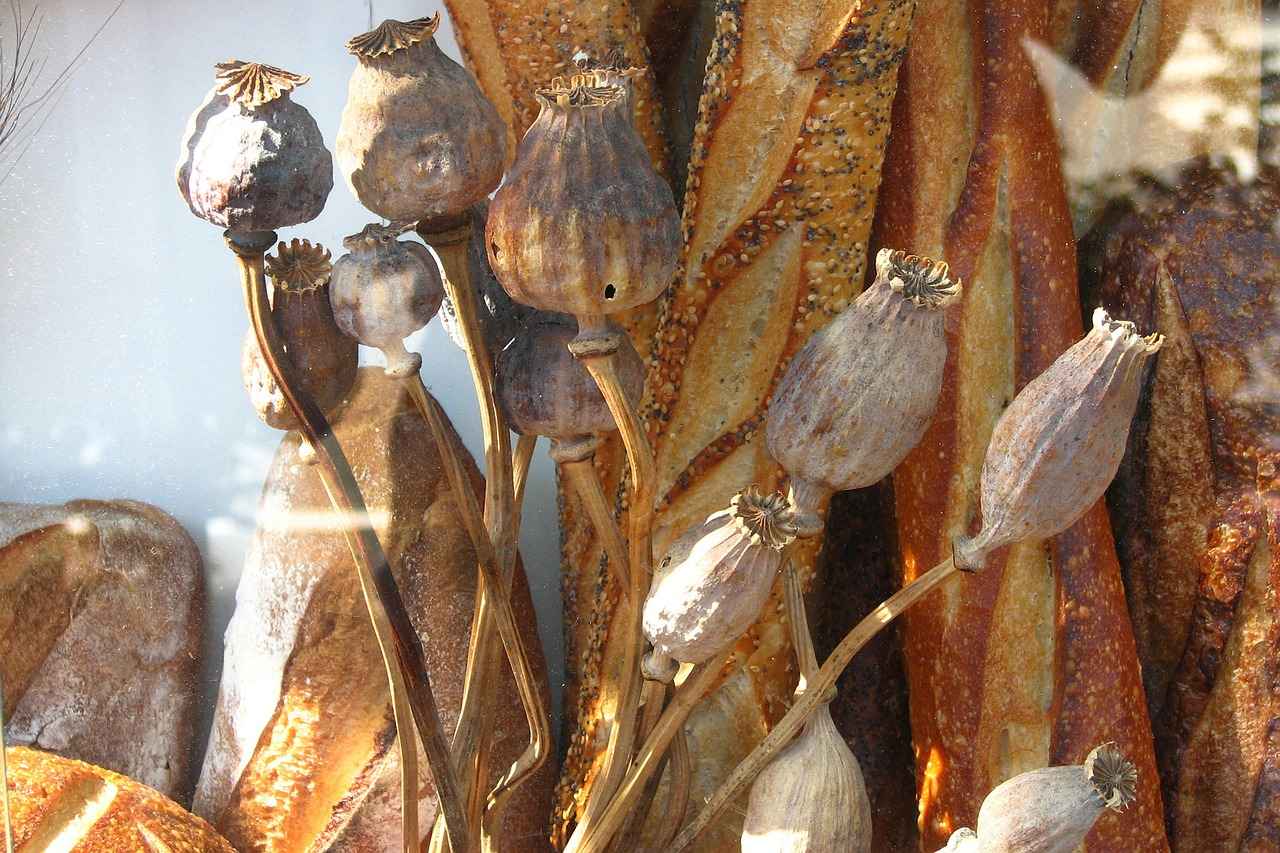
How to Choose Quality Chia Seeds?
When it comes to incorporating chia seeds into your diet, the quality of the seeds you choose is paramount. High-quality chia seeds not only enhance your meals but also significantly reduce potential health risks associated with contaminated products. This section provides essential tips for sourcing and purchasing chia seeds, with a strong emphasis on selecting organic and reputable brands.
Choosing organic chia seeds is crucial for several reasons. Organic seeds are grown without the use of harmful pesticides and fertilizers, which can leave residues on the seeds. Moreover, organic farming practices promote better soil health and sustainability. When selecting chia seeds, look for certifications such as USDA Organic to ensure you are getting the best quality.
Not all chia seeds are created equal. To minimize health risks, it is essential to purchase from reputable brands known for their quality control and transparency. Research brands that have a proven track record and positive customer reviews. Some well-regarded brands include:
- Nutiva
- Healthworks
- Terrasoul Superfoods
When shopping for chia seeds, pay attention to the following quality indicators:
- Packaging: Look for seeds packaged in resealable bags or airtight containers to maintain freshness.
- Color: High-quality chia seeds should be a deep black or white color, depending on the variety.
- Expiration Date: Always check the expiration date to ensure you are buying fresh seeds.
Chia seeds can be found in various places, including health food stores, supermarkets, and online retailers. However, for the best quality, consider purchasing from specialty health food stores or well-established online platforms that focus on organic products. Websites like Amaon or Thrive Market often provide detailed information about their sourcing practices.
When purchasing chia seeds, it is important to understand the labels. Look for certifications such as Non-GMO and gluten-free if you have dietary restrictions. These certifications can provide additional assurance about the quality and safety of the seeds.
To ensure you are selecting the best chia seeds, avoid:
- Bulk bins: While they may seem cost-effective, bulk bins can expose seeds to contamination.
- Unverified brands: Steer clear of brands that do not provide transparency regarding their sourcing and production practices.
By following these guidelines, you can make informed decisions when purchasing chia seeds. Prioritizing quality not only enhances your culinary experience but also supports your overall health.

What Alternatives to Chia Seeds are Available?
For individuals impacted by the recent chia seed recall or those simply seeking variety in their diet, there are numerous alternatives that can provide similar nutritional benefits. This section will delve into various seeds and superfoods that not only serve as substitutes but also offer a wealth of health advantages.
Chia seeds are renowned for their high omega-3 fatty acid content, fiber, and protein. However, several other seeds and superfoods can deliver comparable health benefits:
- Flaxseeds: Rich in omega-3 fatty acids and fiber, flaxseeds can be ground into meal or consumed whole. They are excellent for digestive health and can help lower cholesterol levels.
- Hemp Seeds: These seeds are a complete protein source, containing all nine essential amino acids. They are also rich in healthy fats, particularly omega-6 and omega-3 fatty acids.
- Sunflower Seeds: Packed with vitamin E, magnesium, and selenium, sunflower seeds are great for heart health. They can be eaten raw or roasted and make a crunchy addition to salads and snacks.
- Pumpkin Seeds: Also known as pepitas, pumpkin seeds are high in magnesium, zinc, and antioxidants. They can be eaten roasted or added to granola and trail mixes for an extra nutrient boost.
- Quinoa: Although technically a grain, quinoa is a complete protein and contains essential amino acids. It can be used as a base for salads or as a side dish.
In addition to seeds, several superfoods can serve as nutritious alternatives:
- Acai Berries: Known for their antioxidant properties, acai berries can be consumed in smoothie bowls or as freeze-dried powder mixed into various dishes.
- Spirulina: This blue-green algae is a potent source of protein and various vitamins and minerals. It can be consumed in powder form or as tablets, making it easy to incorporate into smoothies.
- Matcha: A type of powdered green tea, matcha is rich in antioxidants and can provide a natural energy boost. It can be enjoyed as a beverage or added to baked goods.
While chia seeds are unique in their ability to absorb liquid and form a gel-like consistency, many of these alternatives can be used in similar ways. For instance, ground flaxseeds can be mixed with water to create a binding agent in recipes, much like chia seeds. Hemp seeds can be sprinkled on top of yogurt or salads, offering a nutty flavor and crunchy texture.
When considering these alternatives, it’s essential to evaluate your specific dietary needs and preferences. Each seed and superfood comes with its unique set of nutrients and health benefits, allowing for a diverse and balanced diet.
Incorporating these seeds and superfoods into your daily meals can be both simple and enjoyable:
- Add flaxseeds to smoothies or oatmeal for an extra fiber boost.
- Sprinkle hemp seeds on salads or blend them into salad dressings.
- Use pumpkin seeds as a topping for soups or mix them into trail mixes.
- Incorporate quinoa into your meals as a nutritious side or base for grain bowls.
- Blend spirulina into smoothies or energy bars for a nutrient-packed snack.
By exploring these alternatives, you can maintain a healthy diet while avoiding the potential risks associated with contaminated chia seeds. Always remember to consult with a healthcare professional or nutritionist when making significant changes to your diet.

Are There Any Ongoing Safety Regulations for Chia Seeds?
The safety of food products, including chia seeds, is a critical concern for consumers and regulatory bodies alike. The FDA (Food and Drug Administration) has established a comprehensive framework of safety regulations aimed at ensuring that food products are safe for consumption. This section explores the ongoing safety regulations for chia seeds and how they impact consumer safety.
The FDA enforces several regulations that govern the production, processing, and distribution of chia seeds. These regulations are designed to minimize the risk of contamination and ensure that chia seeds meet safety standards. Key regulations include:
- Good Manufacturing Practices (GMP): Manufacturers must adhere to GMP guidelines to ensure that chia seeds are produced in sanitary conditions, reducing the risk of contamination.
- Hazard Analysis and Critical Control Points (HACCP): This system requires producers to identify potential hazards in the production process and implement measures to control these risks.
- Labeling Requirements: The FDA mandates accurate labeling of chia seeds, including nutritional information and allergen warnings, helping consumers make informed choices.
The implementation of these regulations directly affects consumer safety by:
- Reducing Health Risks: By enforcing strict hygiene and safety standards, the risk of contamination from pathogens such as Salmonella and E. coli is significantly lowered.
- Ensuring Transparency: Accurate labeling allows consumers to understand what they are purchasing, enabling them to avoid products that may pose health risks.
- Promoting Accountability: The regulations hold manufacturers accountable for their products, ensuring that they take the necessary steps to maintain safety and quality.
Recently, the FDA has increased its focus on food safety, including chia seeds. New initiatives aim to enhance surveillance and testing of food products to quickly identify and address potential safety issues. Consumers should stay informed about these developments, as they may impact the availability and safety of chia seeds in the market.
Consumers can take proactive steps to stay informed about safety regulations regarding chia seeds:
- Follow FDA Announcements: Regularly check the FDA’s website for updates on food safety regulations and recalls.
- Join Consumer Advocacy Groups: Organizations focused on food safety often provide valuable resources and updates on regulations and recalls.
- Engage with Brands: Reach out to chia seed brands for information about their safety practices and compliance with FDA regulations.
In conclusion, the FDA’s ongoing safety regulations for chia seeds play a crucial role in protecting consumer health. By understanding these regulations and staying informed, consumers can make safer choices regarding their food products.
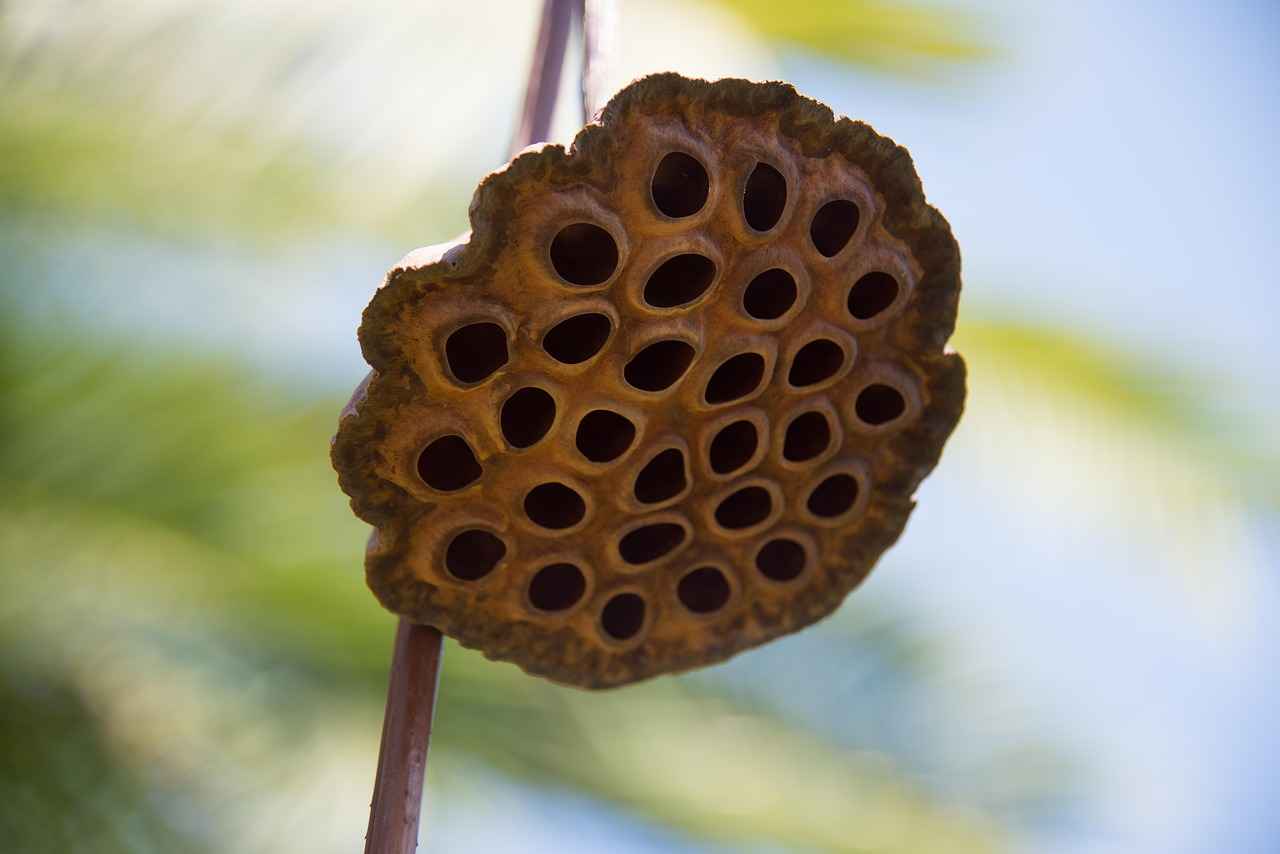
Where to Report Food Safety Concerns?
Consumers play a crucial role in maintaining food safety standards in our communities. When it comes to food products, including chia seeds, it’s essential to know how to report any safety concerns. This ensures that the food supply remains safe for everyone. In this section, we will explore the various channels through which consumers can report food safety issues, including those related to chia seeds and other products.
Understanding the Importance of Reporting
Reporting food safety concerns is vital for several reasons:
- Consumer Protection: By reporting issues, consumers help protect themselves and others from potential health risks.
- Regulatory Action: Reports can lead to investigations and actions by regulatory bodies, helping to prevent future incidents.
- Public Awareness: Sharing information about unsafe products raises awareness among the community, promoting safer consumption practices.
How to Report Food Safety Issues
If you encounter any food safety concerns, including those related to chia seeds, here are the steps you should take:
- Document the Issue: Take note of the product name, batch number, expiration date, and any symptoms experienced.
- Contact the Manufacturer: Reach out to the company that produced the chia seeds. Most manufacturers have customer service lines or websites where you can report issues.
- Report to the FDA: The Food and Drug Administration (FDA) is the primary federal agency for food safety. You can report concerns through their website or by calling their consumer complaint line.
- Notify Local Health Departments: Your local health department can also be a valuable resource. They often investigate foodborne illnesses and can provide guidance on the next steps.
Additional Resources for Consumers
In addition to the FDA, there are other organizations and resources available for reporting food safety concerns:
- USDA: The United States Department of Agriculture (USDA) handles meat, poultry, and egg products. You can report issues related to these products directly to them.
- Consumer Product Safety Commission (CPSC): For issues related to food packaging or kitchen appliances, the CPSC is the appropriate agency to contact.
- State and Local Agencies: Many states have their own food safety departments. Check your state’s health department website for specific reporting procedures.
What Happens After You Report?
Once you report a food safety concern, the relevant agency will assess the information provided. They may conduct an investigation, which can involve:
- Sampling and testing of the product.
- Inspection of the manufacturing facility.
- Issuing recalls if necessary.
It’s important to note that while your report might not lead to immediate action, it contributes to a larger database of consumer safety, which can help prevent future incidents.
Conclusion
By being proactive and reporting food safety concerns, consumers can help ensure a safer food supply for themselves and their communities. Whether it’s an issue with chia seeds or any other product, your voice matters in the fight for food safety.
Frequently Asked Questions
- What should I do if I find out my chia seeds are recalled?
If you discover that your chia seeds are part of a recall, it’s best to stop using them immediately. Dispose of the seeds safely to avoid any health risks, and consider reporting the issue to the FDA for further guidance.
- How can I tell if my chia seeds are contaminated?
Contaminated chia seeds can lead to symptoms like nausea, vomiting, and diarrhea. If you experience these after consuming chia seeds, consult a healthcare professional. Always check for recalls and batch numbers to stay informed.
- Are there any specific brands of chia seeds I should avoid?
It’s essential to stay updated on recall announcements from the FDA. Some brands may be more prone to recalls due to contamination issues, so always opt for reputable brands that prioritize safety and quality.
- What are some safe alternatives to chia seeds?
If you’re looking for alternatives, consider flaxseeds, hemp seeds, or even pumpkin seeds. These options provide similar nutritional benefits and can be a great addition to your diet.
- How can I ensure I’m buying high-quality chia seeds?
To ensure quality, look for organic labels and check for certifications from reputable organizations. Buying from trusted retailers can also help minimize the risk of purchasing contaminated products.
